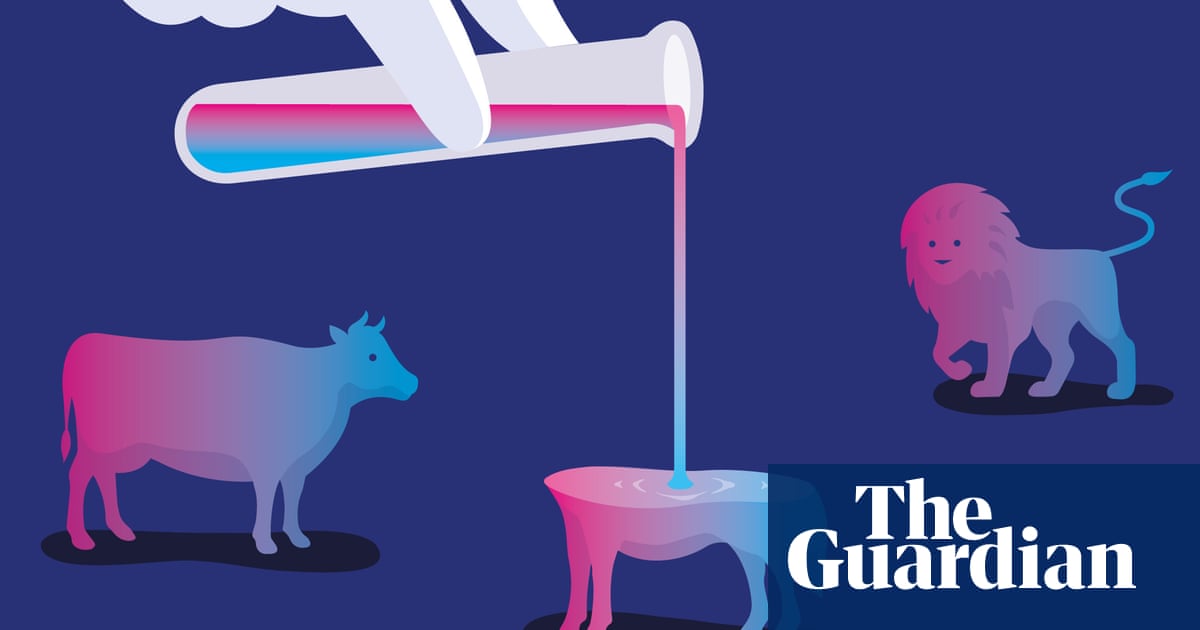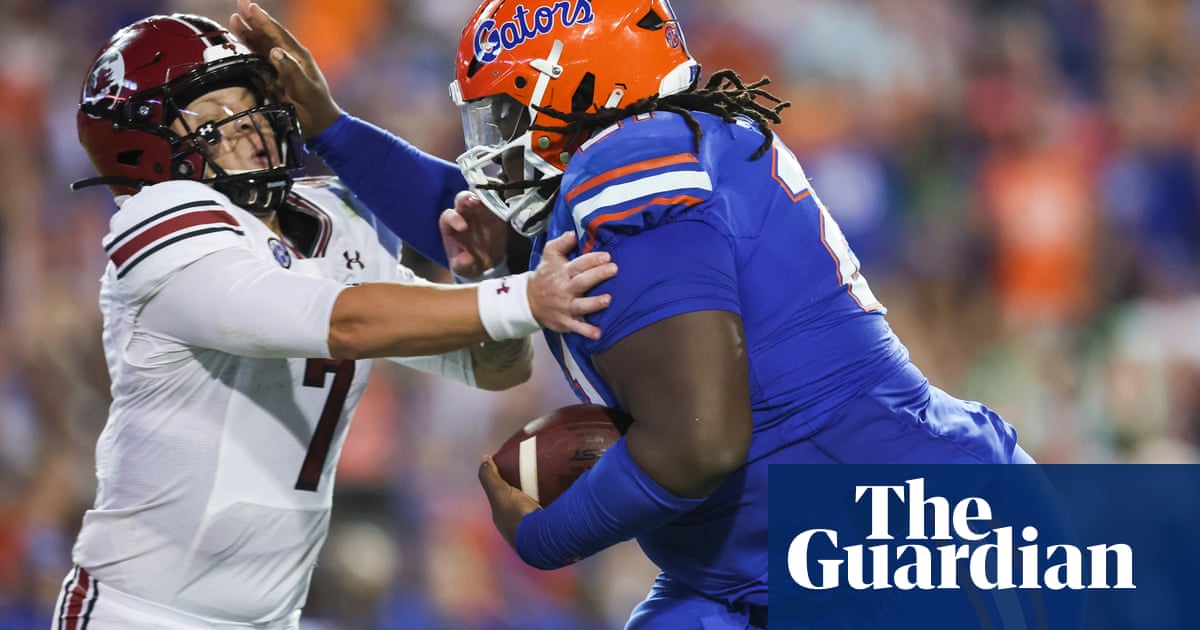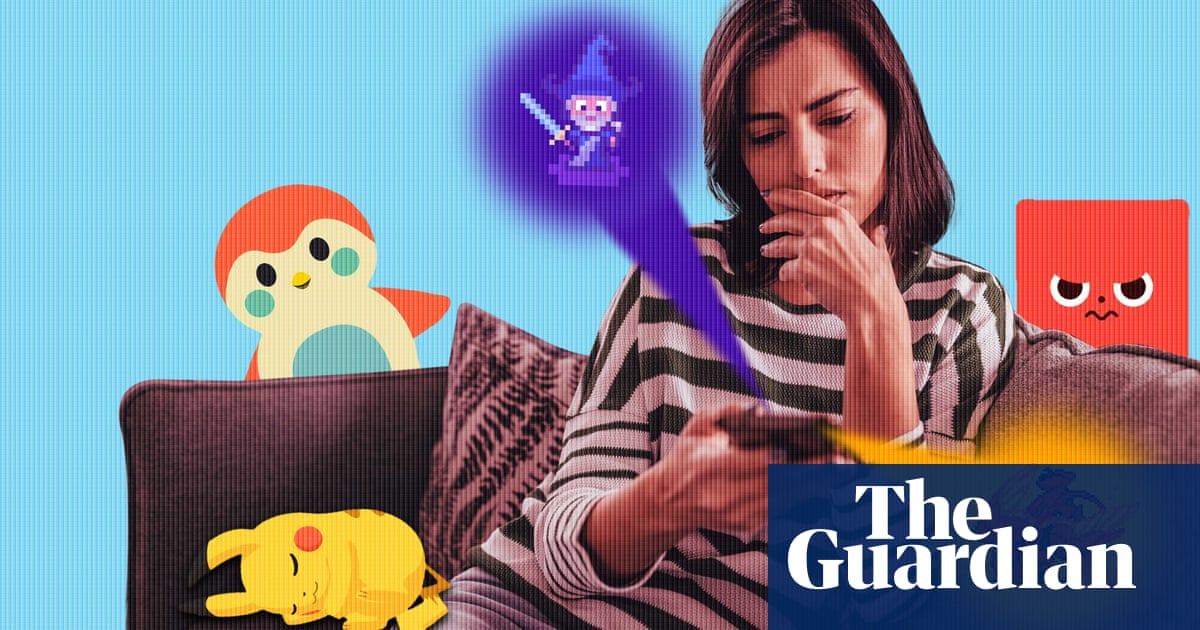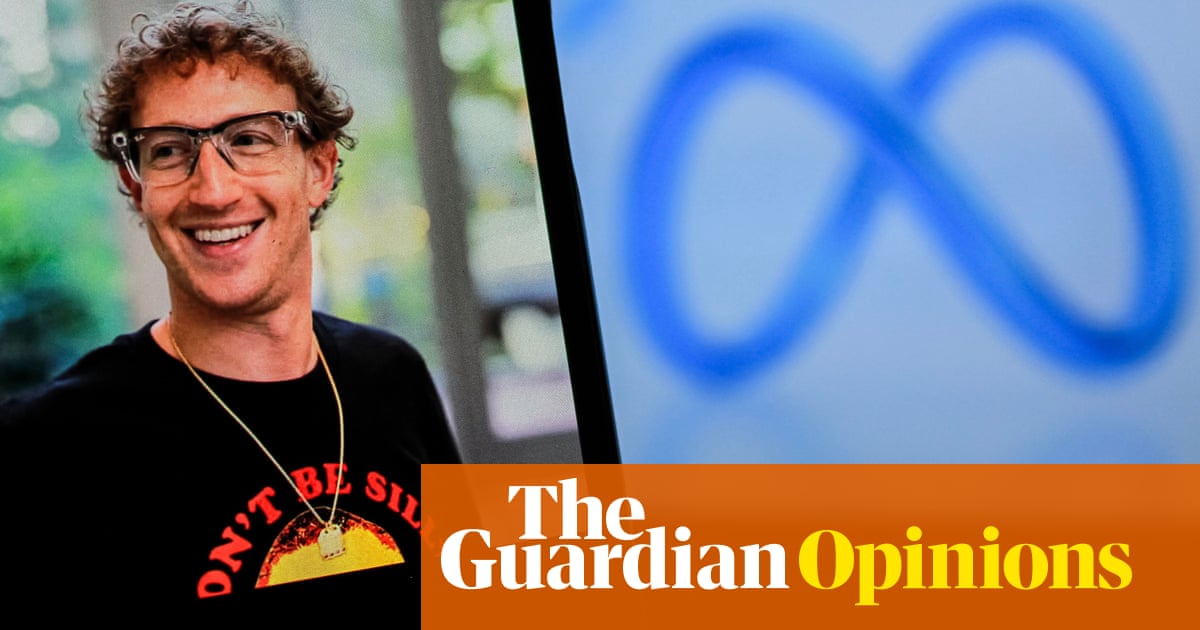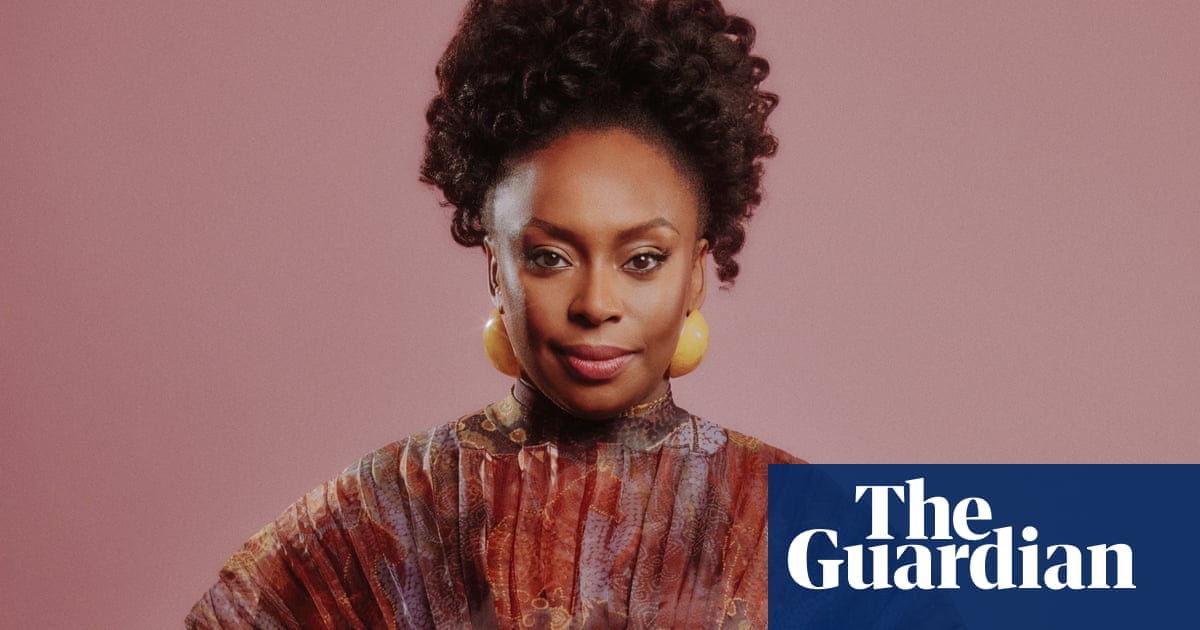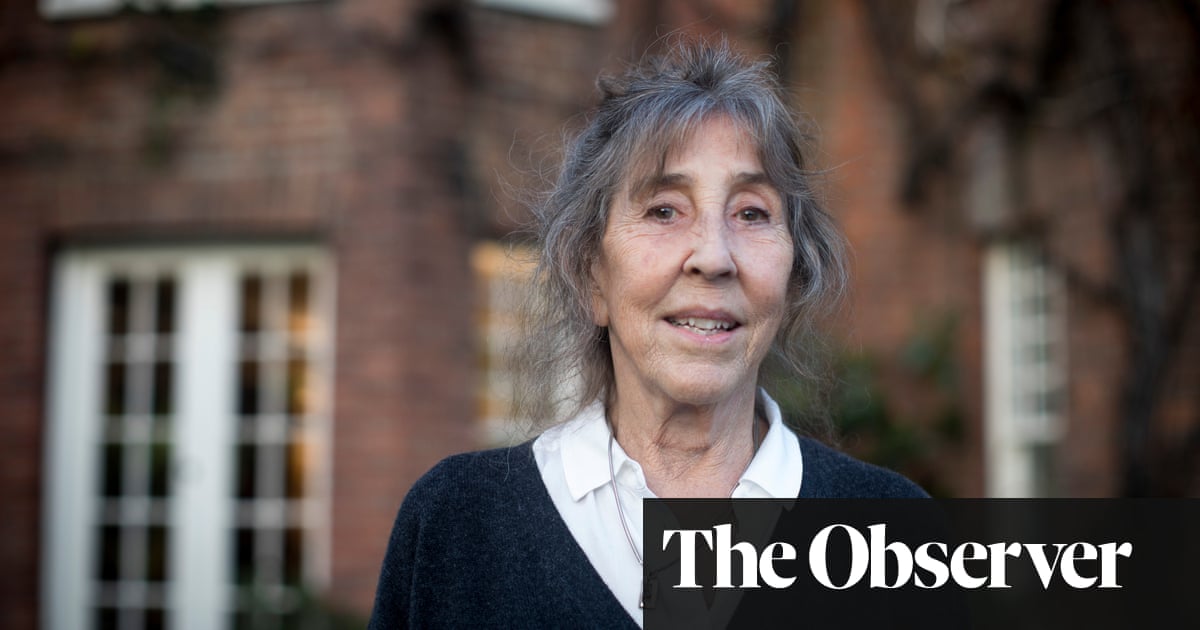My seven-year-old daughter is playing a game on my husband’s phone. A punky, doll-like character has a dirty face, with green oozing spots and patches of brown dirt, bed-head hair sprouting from her head in crude black lines. My daughter dutifully selects a sponge from the toolbar and wipes off the spots, as if in a car wash. The game prompts her to cleanse and moisturise the cartoon face, and then apply layers of makeup. Giant comedy eyelashes, with gems, pop-coloured lips and blush. Then she selects an extravagant hairstyle, like a My Little Pony, and tops it with a tiara. “Now she’s pretty,” she says. I mentally add it to my ever increasing list of motherhood feminist fails.
Raising a daughter in an age where the cult of beauty is all encompassing and extreme perfectionism is gamified feels increasingly fraught. Raising a daughter having spent two decades as a fashion writer feels like a double twist of hypocrisy. In truth, working in fashion should make anyone feel like a hypocrite. I always have. Wear what you like and express yourself! Except also, wear these commodified trends invented to make you spend. But don’t shop! Because excessive consumption is killing the planet. But here are some cute new shoes!
My daughter already appears to admire the world I work in. Some of that, like her love of Hello Kitty merch, seems harmless and joyful. But I’m concerned about what the narrowing of fashion’s lens will mean for her as she grows up, especially in a world increasingly obsessed with image, where we now have the ability to endlessly manipulate, tweak and modify ourselves in the pursuit of perfection.
Body dysmorphia, experienced by vastly more girls than boys, is on the rise; the so-called “Sephora tweens” are laboriously following elaborate skincare regimens, while 20-year-olds are having fillers and Botox under the dystopian umbrella of “prejuvenation”, demanding treatments before the first wrinkles can even emerge under the weight of their naturally buoyant collagen.
Then, of course, there’s the rapidly growing Ozempic effect. In the fashion world, a predilection for the injectable semaglutide diabetes medication has slim women microdosing in order to drop a dress size; it’s emboldened an industry that, for all its tokenism, has remained steadfastly committed to a very thin, white western beauty ideal.
Have I fanned the flames of all of this by showing my daughter the world of fashion so young – inviting her in to a tempting mirror-scape where this narrow interpretation of womanhood is perpetuated?
When my daughter was four, I took her to a fashion show, so she could see what I do for work. She sat on my lap on the front row and watched the glamazon models come out one after another, wearing sexy sportswear, cropped American football shirts and spike-heeled boots. The audience raised their phones to document it; she snatched mine and copied them, taking endless photos, enraptured. On the way out, a photographer asked to take her picture. She beamed and twirled her dress, saying as we walked to the tube: “Do they think I’m cool, Mummy?” I wondered how much the therapy to undo this would eventually cost me.
More recently, there was the summer of Barbie. Margot Robbie, drenched in Pantone 219C, grinned out from every bus stop and advertising billboard. “Why would they make a Barbie film for grownups?” my daughter asked when I tried to back out of taking her to see it, knowing that despite its purported feminist message, it would serve up ideas about sexism I wasn’t sure I was ready to explain.
The Barbies my daughter has been given are of the modern variety – curvy, with different skin tones and hair textures. Staring at Robbie’s golden limbs, flaxen blond hair and perfect white-toothed smile, she said with disillusionment: “But I don’t have one like her.”
We went to see it. Afterwards I overheard her explaining the story to my sister-in-law, too young to grasp its irony. In her summation: “So Barbie was really pretty, then she got ugly and everything was bad, but then she got pretty again and everything was good. Oh, and she was really mean to Ken.”
Later, on a beach in Spain, she asked what had been on Barbie’s leg that made her scream. I pointed out my cellulite. “Does everyone get this?” she asked. “Yes, except Barbie, because she’s a doll. Real people all have this!” “Oh,” she said, somewhat placated, and went to fill up her bucket.

Except that, increasingly, real people are turning into dolls. In the wake of the film, aestheticians offered “Barbie Botox”, where botulinum toxin is injected into the upper back and shoulders to get a slimmer neck. Then there is the rising awareness of “Meta” face, where Hollywood stars are so devoid of ageing and perceivable imperfections that on the little screens we hold in our hands they look like AI avatars.
In its 2024 annual report, the British College of Aesthetic Medicine found that 30% of its members reported requests for treatment from children under the age of 18. It warned: “Due to a lack of regulation, it is impossible to accurately measure the number of children being illegally treated with injectable, prescription-only, aesthetic medicine each year.” I worry that one day soon, like the cartoon in her game, my daughter will know that she is being judged by the way she looks. Will she want to try to scrub her imperfections away, too?
“The new peer pressure is: have you got your acrylics and lashes done? Have you got all these expensive products?” says Chloe Combi, educational strategist and author of Generation Z: Their Voices, Their Lives. Combi founded The Respect Project in 2021 as a response to Everyone’s Invited, the website that asks children and young people to anonymously report sexual abuse experienced in schools and universities. While Combi’s focus was initially on sex and consent, her in-school programmes have expanded to cover related issues around body image and the towering pressure of beauty standards young people are experiencing. Combi reels off the anxieties girls bring up: “Now they have the whole world on filters to compare themselves with, not just their friends, they ask: ‘Am I pretty enough?’, ‘Is my body good enough?’, ‘Why isn’t my skin flawless?’” Some girls she has met get up for school two hours earlier than they need to in order to run through complex skin regimens.
“Pre-phones, you used to consume something like 150 images a day. They were images that you sought out. You bought a magazine, you went to the cinema, you switched on the TV,” she explains. “Now an average 14- or 15-year-old social media user gets hit by 10,000 images a day, and most of that consumption is passive. The second you go on TikTok or Instagram, the algorithm immediately knows you’re a 14- or 15-year-old girl, and bombards you.”
On the beauty brand Evereden’s TikTok channel, a video of a six-year-old running through her three-step night-time routine has had 5.1m views. In its 2025 report, the forecasting agency The Future Laboratory named “Gen Alpha beauty” as one of its 50 trends to watch. It highlights a collaboration between gaming platform Roblox and beauty line e.l.f. as an example of brands finding this audience in the places they hang out online.
The high cost of these products means that beauty becomes status-laden, too. “There’s a saying on TikTok at the moment: ‘You’re not ugly, but poor,’” which Combi says has become a Gen A battlecry. “It’s the idea that everyone could be good-looking if you have money to get your teeth, boobs, your bum ‘done’.”
Cathy Walker, an education specialist, works with Combi on The Respect Project, which speaks to school students about how to interpret the content they are swamped with. Walker explains that it’s useful to say to young people: “Think critically about what you’re consuming: who has put this up? Why have they put it up? Why are they targeting you? And how are you going to respond to it? It’s about getting them to question what they’re served, showing them that they have agency.”
Should I worry about taking my daughter to a fashion show? Walker reassures me: “It’s not until they have access to social media that they start being part of the narrative that we are trying to abolish. The fashion show would have been no more than a spectacle.”
Ideally, I’d keep the world of stuff, shopping and thinking about what you look like far away from my daughter. But this is difficult when I have to explain that I’m going to a fashion show “for work”. “Mummy, you don’t have to wear that fancy dress. It’s just a classroom,” she laughed at me, when I went in to her school to help with a sewing project.
after newsletter promotion
Her desire for my approval means that when she gets dressed she sometimes asks: “Is it fashion?” It makes me want to scream. I don’t want her to think my job doesn’t matter, but equally I don’t want her to think that the way she looks needs to fit a prescribed idea.
Fashion at its best can be an incredible, fun tool to express your identity and personality, whether that’s by wearing an Arsenal shirt or SpongeBob hoodie. I want her to see beyond the copycat trends and homogeneous looks espoused on social media. I do trot out lines to her of “it’s what’s on the inside that counts”, which feels trite; but equally I try to make sure she sees women as a brilliantly broad spectrum, listening to Lizzo and Chappell Roan as much as Taylor Swift, taking her to women’s football games at our local ground. I point out that in Harry Potter a lot of the “bad” characters are fat – the nasty Dursleys – to show her how size and fat-phobic bias seeps in everywhere.
I’m keen to keep diet culture away from my daughter. When I was a teenager in the 90s, dieting was something we all did, intermittently. A friend and I once bought some herbal diet pills in Boots. Our mothers found them and were horrified, but at no point did they suggest our bodies were fine the way they were. They just binned the pills and signed us up to the local gym, where we used to skive off to smoke cigarettes round the back. The only diet I ever followed successfully was Atkins, but my early-noughties time poring over that book coincided with the period when my father was dying of cancer. It wasn’t about getting thinner, it was about attempting to claw back some level of control.

It wasn’t until I was about 40 that I seriously understood I didn’t have to waste brain power maligning what my body looked like. Any efforts to change it had admittedly failed, but therein lies the reality. I had never fit into the slim ideal, but the realisation that I didn’t have to spend another 30 years at war with myself was revolutionary.
I didn’t want to be the mother who pulled out a pack of sad Ryvita when summer rolled around; I didn’t want my daughter to see me feeling uncomfortable on the beach. I wanted, for as long as I could, to shield her from both internal and external judgment about her body. The only way to do that was to abandon it totally for myself in the hope she won’t spend decades fighting with her reflection. The messiness of motherhood is a great tool for putting your skin-deep woes into sharp relief. A body that carried and lost babies, and survived it all, felt like one I needed to be kinder to.
I’m not alone in my efforts. My friend Lily, who works on a magazine, tries her best to model body confidence in front of her seven-year-old daughter. “Once she poked my belly and said it jiggled. I said: ‘I’m very proud of my tummy – I grew two babies in it!’” When her daughter asks her why she’s wearing makeup, she says: “Sometimes I like to look fancy,” so it’s more about dressing up than making herself “beautiful”. Another friend, who has struggled with her self-image, simply “fakes it” in front of her 10-year-old son and 12-year-old daughter. “I make a point of talking positively about my body. I walk around at home in my bra and pants and if someone mentions my bum I say: ‘Yes, I love my bum, isn’t it great?’”
My daughter has already come home from school with tales of children hurling the word fat at each other as an insult. I launch into my usual cheery speech: “Everybody is beautiful! Everyone is different! Some people are fat and that’s fine! Look at my bum, it’s quite fat too!” She listens momentarily then says something like: “Yeah, can we stop talking about this now?”
In her book Sexism and Sensibility, clinical psychologist Jo-Ann Finkelstein writes: “Once girls realise their outside is more important than what’s inside, beauty becomes the goal, and the beast has seized control.” Her book lays out clear, measured advice for working to counterbalance the messages with which young women are bombarded. For example, not endlessly commenting on appearance. “When our daughters look adorable, it feels natural to tell them so. It’s especially tempting when they’re balled up in tears, feeling ugly, to insist they’re beautiful because, to us, they are. But this only emphasises prettiness as important. We need to notice the things that offer depth of character,” Finkelstein writes. Oh dear. I am always telling my daughter how cute she is.
When I call Finkelstein, she laughs: “Everyone wants me to give them hope. It’s really important, as parents and adults in general, to sympathise with this tightrope that young women are walking. Knowing that they’re expected to look like some It-girl, but if they succeed, then they are mocked for being too filtered or too fake.”
She’s also seen the Ozempic effect seeping into young girls’ consciousness. “I have a 16-year-old daughter, and among her peers I’m seeing two groups: those becoming more feminist and anti-male gaze, and those that are more falling prey to skincare, Botox and focus on their body. Girls in my practice, who previously experienced body dysmorphia but had become so much more comfortable with their bodies, are talking about Ozempic and their old symptoms are re-emerging.”

Fashion is, of course, a factor. “The biggest problem I see between girls and their parents is clothing,” says Finkelstein. Even at the tween stage, navigating high street stores like Zara means circumventing dresses with cutouts and clingy crop tops that mimic catwalk fashion. Online, pernicious marketing influencers promoting fast-fashion brands like Shein fuel an insatiable lust for throwaway trends. Then there’s Brandy Melville, famed for its “one size fits most” rule, with baby Tees and scraps of skirts modelled predominantly by slim, white girls. On TikTok, young women share diet tips and “journeys” to fit into its clothes. One mother I know described the brand as “hell on earth. I have three daughters who’ve had their self-esteem obliterated by that place.”
My daughter’s clothes mostly come from Vinted; I signed her up to a friend’s upcycle workshop to get her to experiment, personalising her clothes and making them unique. I hope opening her eyes to the playful creativity that can come with getting dressed, rather than buying the same thing as everyone else, will arm her a little, once the crop top teen years arrive. And I hope to put a wedge between the idea that fashion and the way your body looks should be so viciously intertwined.
“They’re going to be influenced,” says Finkelstein. “But the craftier we get at bringing critical thinking into their lives, the more they’re going to be able to reject those images, question them and ideally get to the point where they feel like they can speak out against these insane beauty standards.”
At bedtime, I watch my daughter pull an old Barbie of mine off a shelf. Her hand has snapped off. “Her head comes off, too,” she laughs, yanking it off then shoving it back on again. “She’s my weird Barbie,” she says gleefully, pulling her legs into the splits. It is oddly comforting.

 11 hours ago
6
11 hours ago
6






